GATE Architecture and Planning Question Papers are available on the official website of GATE 2025 for candidates’ reference. The GATE AR papers will assist aspirants in gaining knowledge about the pattern, style, and type of questions that can be expected.
Table of Contents
GATE Architecture and Planning (AR) question papers 2025 are available on the official website of GATE 2025 in PDF format for candidates to prepare well for the exam. Candidates can refer to the GATE previous year's question papers to learn about the exam pattern, types of questions, repetitive topics, marking scheme and more, and improve confidence in answering the questions.
The GATE 2025 for Architecture and Planning is being held on Feb 01, 02, 15 & 16, 2025. The candidates who practice using the GATE AR question papers can achieve high scores and gain a spot at top IITs and PSUs in India.
GATE Architecture and Planning Question Papers with Answer Keys PDF 2025
The GATE 2025 exam for Architecture and Planning was conducted on Feb 02, 2025. The paper comprised of questions from The GATE question paper for 2025 is available in PDF format in the table below:
|
Core Subject |
GATE 2025 Question Paper |
GATE 2025 Answer Key |
|
Architecture and Planning (AR) |
To be Updated |
To be Updated |
Also Read: Impact of Negative Marking in GATE
GATE Architecture and Planning Previous Year Question Papers with Answer Keys PDF
GATE Architecture and Planning (AR) question papers from previous years are crucial for practice. The GATE previous year's question papers can be used to source all the important questions and topics that must be covered to score good marks on the exam.
The previous year's question papers also offer an understanding of the difficulty level of the questions, thereby preparing the candidates to perform better in the exam. The following table provides a complete overview of the GATE AR question papers from previous years:
|
Year |
GATE Question Paper |
GATE Answer Key |
|
2024 |
||
|
2023 |
||
|
2022 |
||
|
2021 |
||
|
2019 |
||
|
2018 |
||
|
2017 |
||
|
2016 |
Top 20+ GATE Architecture and Planning Questions with Solutions
Shared below are the top 20+ GATE Architecture and Planning (AR) questions that are important for the GATE exam 2025.
1. The triad of secondary colours in the additive colour system is _________.
(A) Cyan, Magenta, Yellow
(B) Red, Green, Blue
(C) Purple, Green, Orange
(D) Magenta, Blue, Yellow
Ans: (A) Cyan, Magenta, Yellow
2. As per the Burra Charter (2013) 'Cultural Significance' means _________ for past, present or future generations.
(A) historic, aesthetic, scientific, social or spiritual value
(B) archaeological, architectural, environmental, cultural value
(C) natural, cultural, mixed, intangible heritage
(D) heritage value, authenticity, integrity
Ans: (A) historic, aesthetic, scientific, social or spiritual value
3. In ecology, the term 'niche' refers to ______.
(A) the ways in which species interact with biotic and abiotic factors of the environment
(B) only the abiotic factors such as temperature and rainfall
(C) the gradient change of physico-chemical characteristics between two ecosystems
(D) the zone of junction or a transition area between two biomes
Ans: (A) the ways in which species interact with biotic and abiotic factors of the environment
Also Read: GATE Aptitude Questions with Answers
4. Select the micro-organism which is NOT an enteric pathogen.
(A) Escherichia coli
(B) Vibrio cholerae
(C) Staphylococcus aureus
(D) Salmonella typhi
Ans: (C) Staphylococcus aureus
5. In high-rise buildings, the method adopted to prevent ingress of smoke in an enclosed fire staircase is ____________.
(A) Polarization
(B) Pressurization
(C) Perpetuation
(D) Fumigation
Ans: (B) Pressurization
6. Arrange the following road types in descending order of accessibility.
(P) Arterial Road (Q) Expressway (R) Collector Road (S) Local Street
(A) Q-P-R-S
(B) S-R-P-Q
(C) S-P-R-Q
(D) P-Q-S-R
Ans: (B) S-R-P-Q
7. The Golden Ratio refers to ___________.
(A) 1:√2
(B) 2:(1 + √5)
(C) 1:1
(D) 16:9
Ans: (B) 2:(1 + √5)
8. Hogarth's Line of Beauty is a ___________.
(A) Horizontal straight line
(B) Zigzag line
(C) Vertical straight line
(D) Serpentine line
Ans: (D) Serpentine line
Also Read: Last Minute Preparation Tips for GATE 2025
9. Which of the following help(s) in keeping direct solar radiation out of the building?
(A) Mashrabiya
(B) Badgir
(C) Malquf
(D) Chajja
Ans: (A) Mashrabiya, (D) Chajja
10. As per the United Nations Transforming our world: The 2030 agenda for sustainable development, 2015, which of the following Sustainable Development Goals (SDGs) directly address water-related issues?
(A) SDG-1
(B) SDG-4
(C) SDG-6
(D) SDG-14
Ans: (C) SDG-6 , (D) SDG-14
11. An off-street car parking lot contains a total of 75 bays. If the parking lot was used by 687 cars over a period of 12 hours, the average parking turn-over of the parking lot (in vehicles per hour per bay, rounded off to two decimal places) is ___________.
Ans: 0.76 to 0.77
12. The correct sequence of the following Construction Project Development stages, as per the National Building Code of India 2016 is ___________.
(P) Resource Planning (Q) Project Inception (R) Commissioning and Handing over (S) Tendering (T) Site Survey and Soil Investigation (U) Selection of Construction Methodology
(A) P-Q-R-T-U-S
(B) T-Q-R-U-S-P
(C) Q-T-U-P-S-R
(D) Q-T-P-S-U-R
Ans: (C) Q-T-U-P-S-R
13. In the traditional Persian context, the qanat system refers to
(A) An underground water-way, tunnelled and channelled
(B) A system where water is raised by a series of scoops fixed to a moving belt stretched between two wheels
(C) A method of conducting water from a source-well rather than raising it
(D) A system where water is conducted from enclosure to enclosure by straightforward gravity fall
Ans: (A) An underground water-way, tunnelled and channelled ; (B) A system where water is raised by a series of scoops fixed to a moving belt stretched between two wheels ; (C) A method of conducting water from a source-well rather than raising it
14. As per the URDPFI Guidelines 2015, which of the following Organoleptic and Physical parameters comply with the acceptable limit requirements of drinking water quality?
(A) Colour: Maximum 5 Hazen units
(B) Turbidity: Maximum 1 NTU
(C) pH Value: Minimum 10
(D) Total Dissolved Solids: Maximum 500 mg/l
Ans: (A) Colour: Maximum 5 Hazen units ; (B) Turbidity: Maximum 1 NTU ; (D) Total Dissolved Solids: Maximum 500 mg/l
Also Read: GATE Score Calculator 2025
15. The law of Primate City was first proposed by
(A) Samuel A. Stouffer.
(B) Colin Clark.
(C) Mark Jefferson.
(D) Harold Hotelling.
Ans: (C) Mark Jefferson.
16. Identify the colour palette that is created using any three equally spaced hues around the colour wheel.
(A) Split - complementary
(B) Analogous
(C) Triads
(D) Complementary
Ans: (C) Triads
17. Freight flows are converted to truck flows using
(A) Volume factor.
(B) Weight factor.
(C) Payload factor.
(D) Distance load factor.
Ans: (C) Payload factor.
18. During earthquake, soft storey failure in a building is due to
(A) shear failure initiated by short column effect.
(B) stress discontinuity initiated by abrupt changes of stiffness.
(C) failure of column initiated by weak column - strong beam effect.
(D) drift of building storey initiated by pounding effect.
Ans: (B) stress discontinuity initiated by abrupt changes of stiffness.
19. The traffic assignment technique where the traffic arranges itself in congested networks such that the journey time in all used routes between an Origin-Destination pair are equal and less than those that would be experienced in all unused routes. This is known as
(A) System equilibrium.
(B) All-or-nothing.
(C) User equilibrium.
(D) Incremental.
Ans: (C) User equilibrium.
20. What is the dependent variable in a regression based trip generation model?
(A) Population of Traffic Analysis Zone
(B) Number of trips
(C) Number of employees
(D) Number of households
Ans: (B) Number of trips
Also Read: Importance of GATE Mock Tests 2025 for Effective Preparation
21. In the European Union which constitutes the cities namely, London, Paris, Brussels, Amsterdam, Cologne, Frankfurt, Munich and Milan, lie within a linear megalopolitan zone known as
(A) Purple Zone.
(B) Golden Polygon.
(C) Blue Banana.
(D) Yellow Corridor.
Ans: (C) Blue Banana.
22. Freight flows are converted to truck flows using
(A) Volume factor.
(B) Weight factor.
(C) Payload factor.
(D) Distance load factor.
Ans: (C) Payload factor.
GATE Exam Pattern 2025
The exam pattern must be understood by the candidates preparing for the GATE 2025 entrance test. The exam pattern includes the duration of the exam, question paper pattern, marks distribution and the marking scheme followed in an exam.
The GATE exam pattern 2025 can be found in the table provided below:
|
Events |
Details |
|
Mode of Examination |
Computer Based Test (CBT) |
|
Duration of Examination |
3 hours |
|
Total Number of Questions |
65 |
|
Total Marks |
100 |
|
Total Sections |
3 (General Aptitude, Engineering Mathematics & Core Subject) |
|
Type of Questions |
Multiple Choice Questions (MCQ), Multiple Select Questions (MSQ) & Numerical Answer Type (NAT) |
|
Weightage of Different Sections |
15% for General Aptitude, 85% for Engineering Mathematics and Core Discipline |
|
Marking Scheme |
Negative marking for wrong attempts ( -1/3 for 1-marks MCQs; -2/3 marks for 2-marks MCQs) |
Referring to the GATE Architecture and Planning question papers is crucial to analyse the paper structure, difficulty level of the exam, repetitive topics, chapter-wise weightage, types of questions asked and more such nuances of the GATE paper. Moreover, when candidates practice the previous year's questions for GATE, it allows them to prepare well for the exam and gain admission to their desired institution.
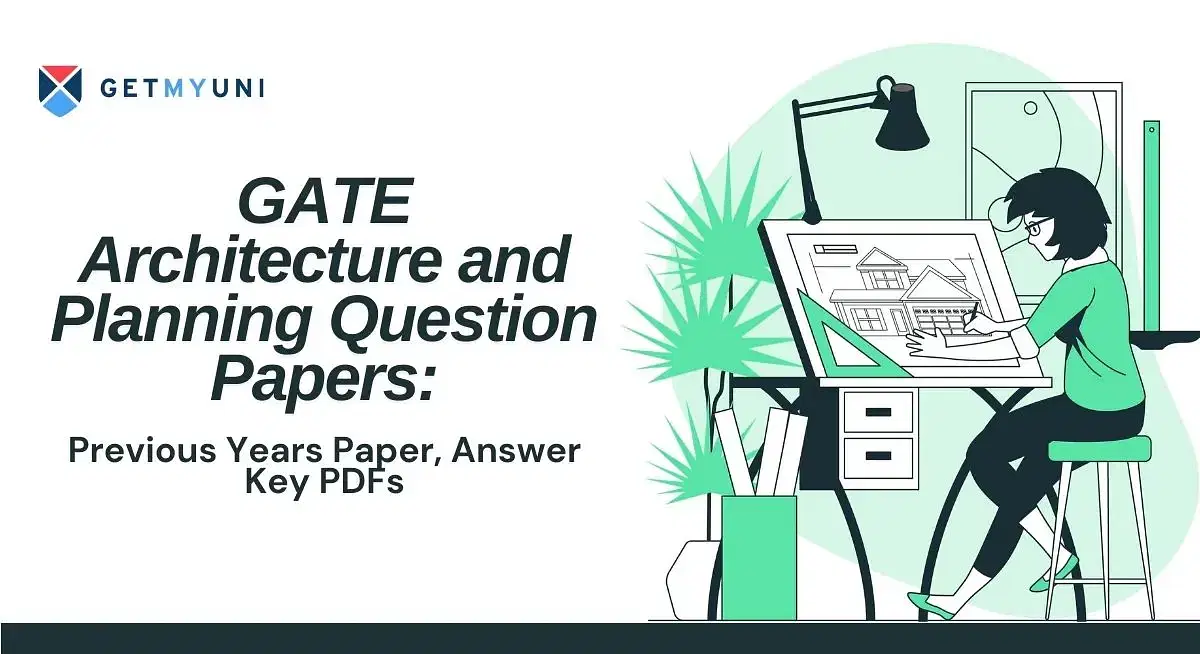
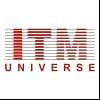





![Indian Institute of Technology, [IIT] Bombay](https://media.getmyuni.com/azure/college-image/small/indian-institute-of-technology-iit-bombay.jpg)

![Indian Institute of Technology, [IIT] Kanpur](https://media.getmyuni.com/azure/college-image/small/indian-institute-of-technology-iit-kanpur.jpg)
![Indian Institute of Technology, [IIT] Kharagpur](https://media.getmyuni.com/azure/college-image/small/indian-institute-of-technology-iit-kharagpur.jpg)
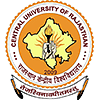



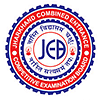





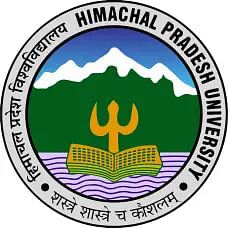


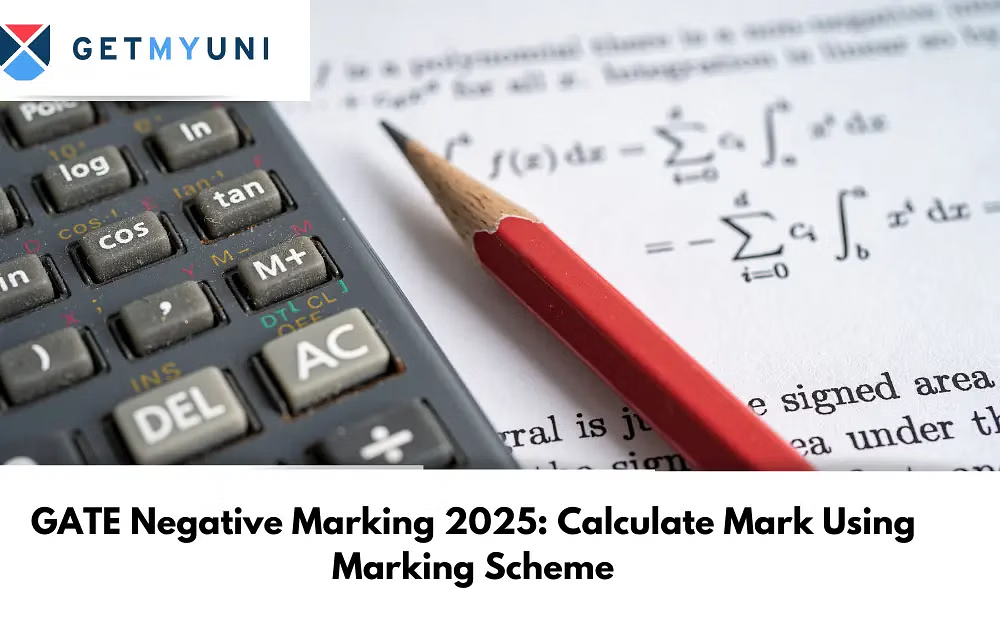
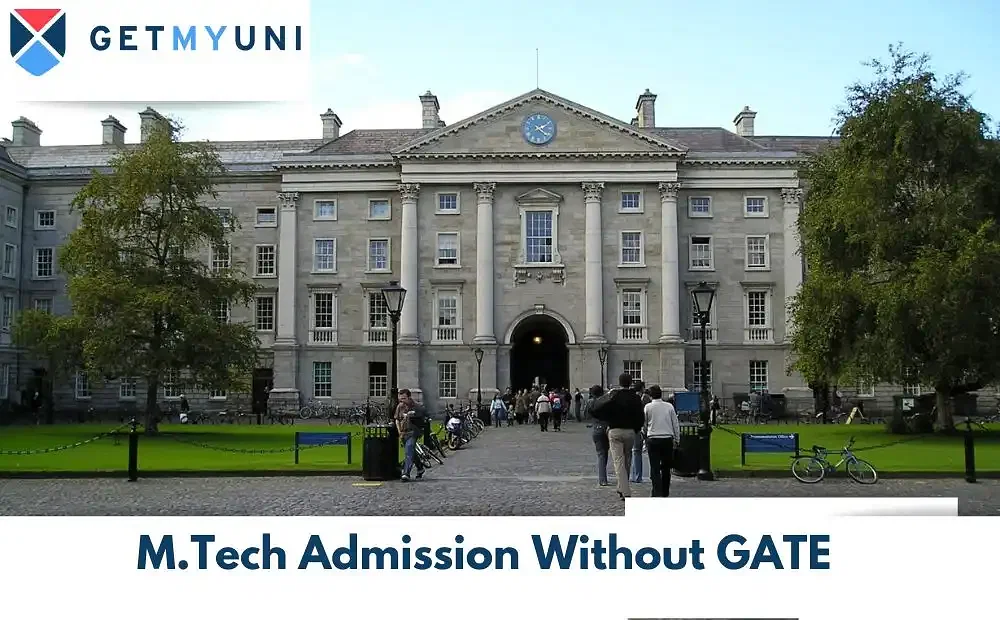

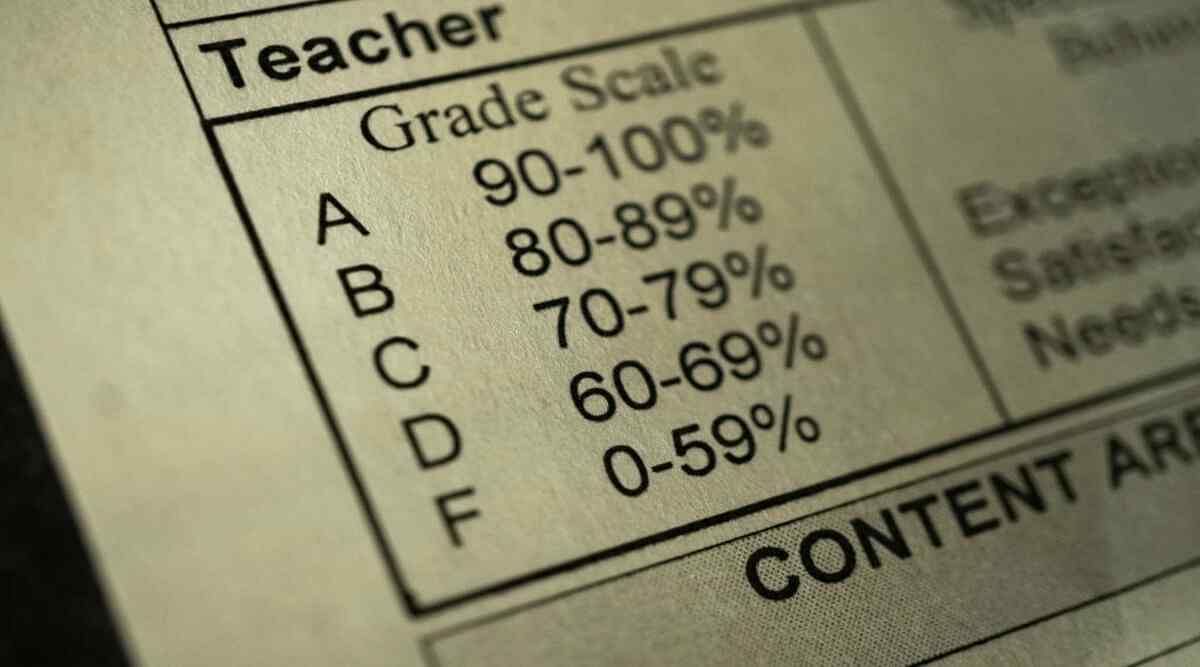

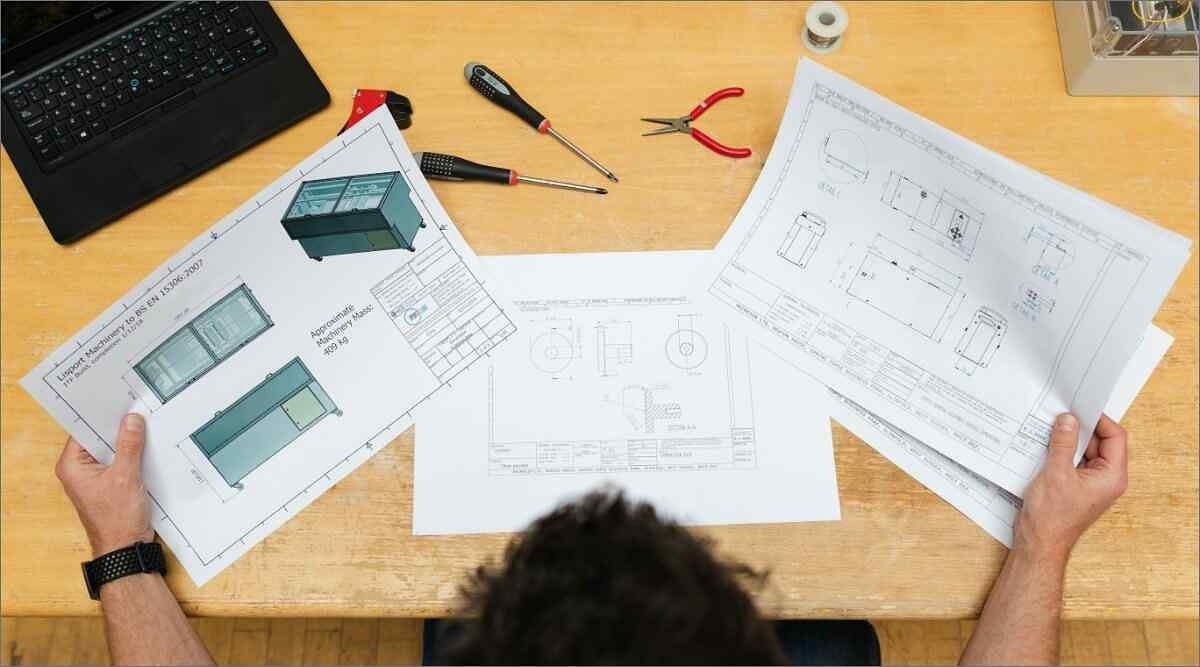
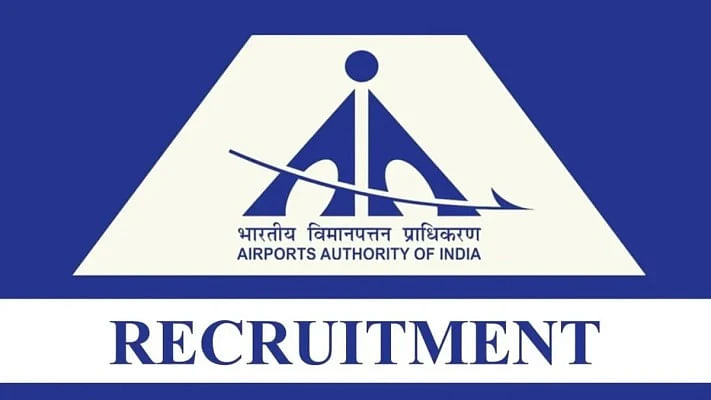

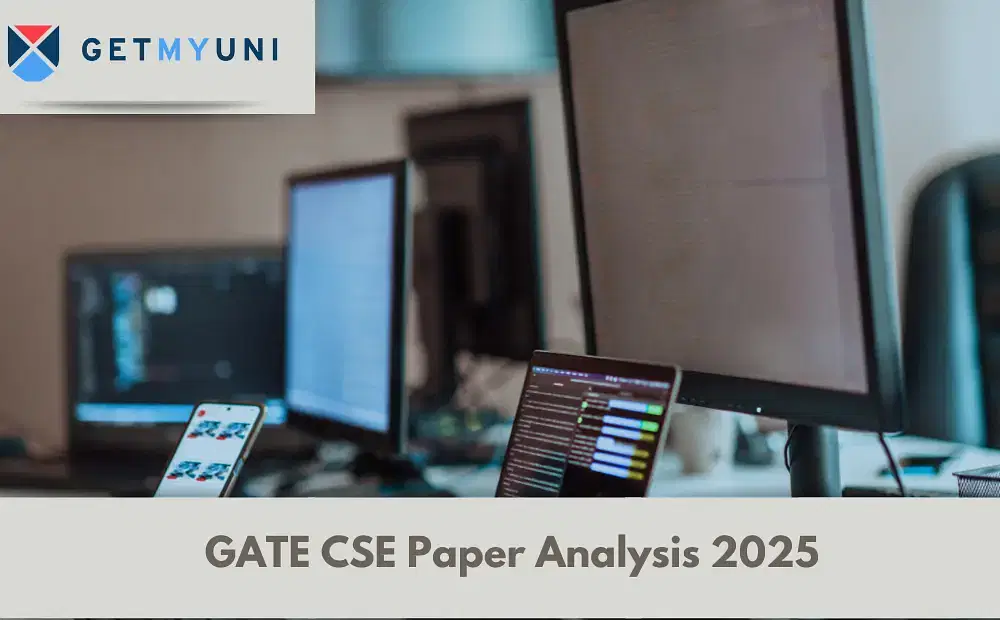

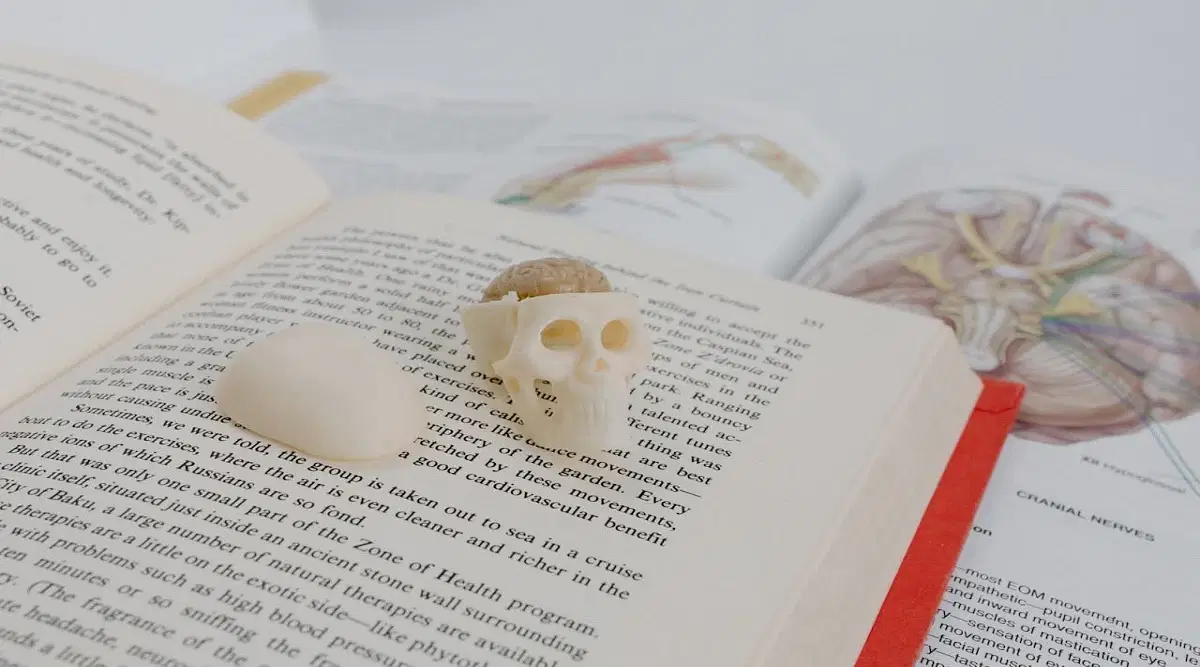
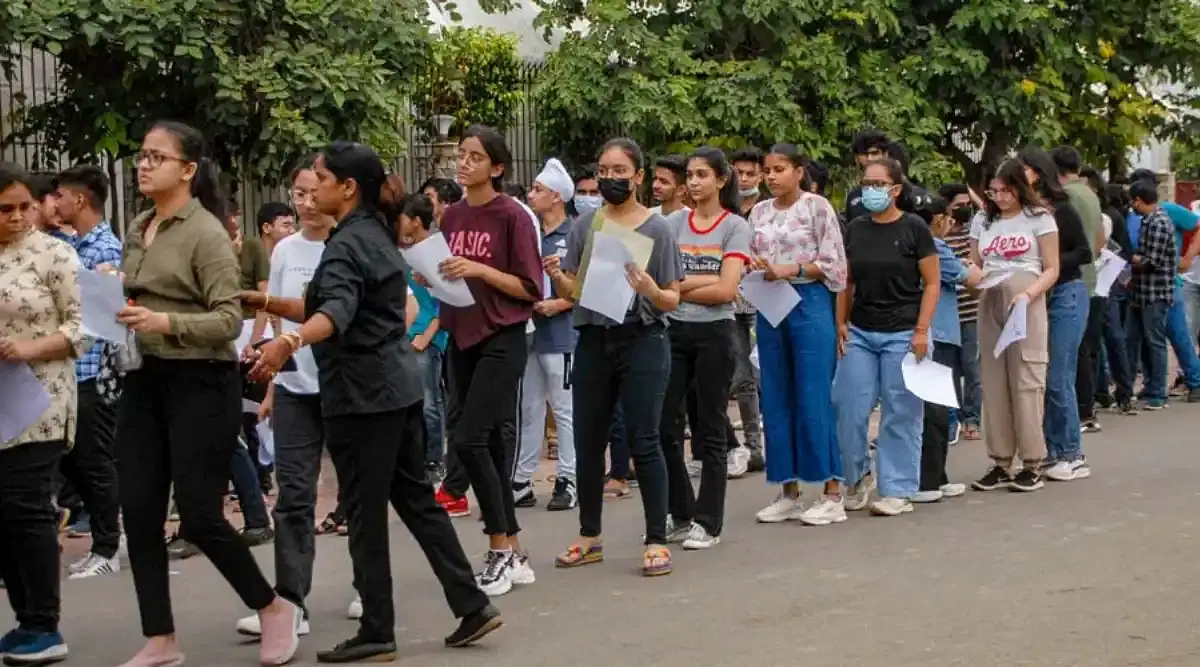



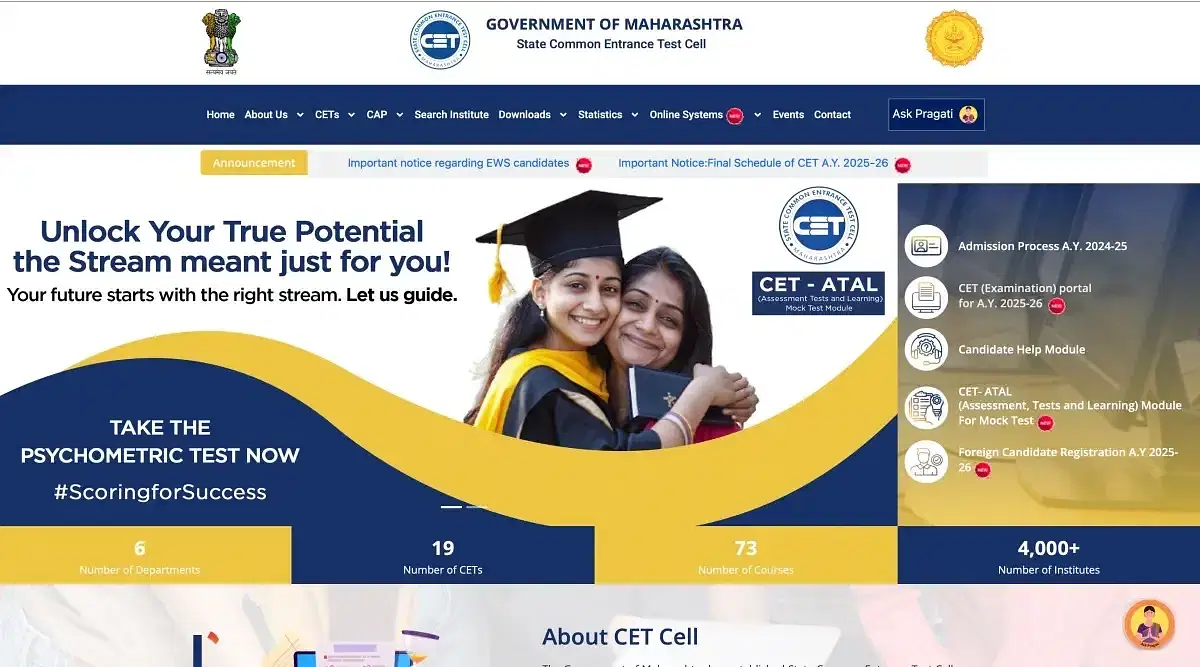








POST YOUR COMMENT